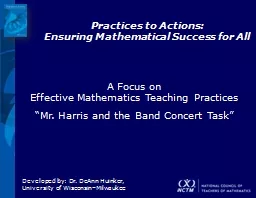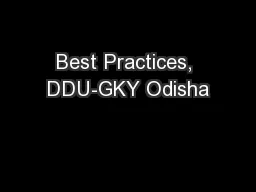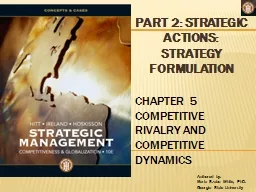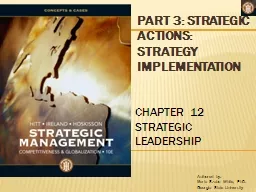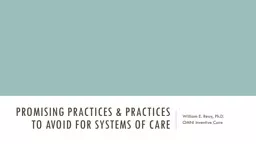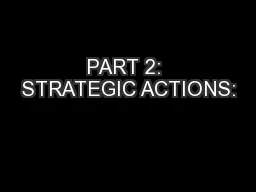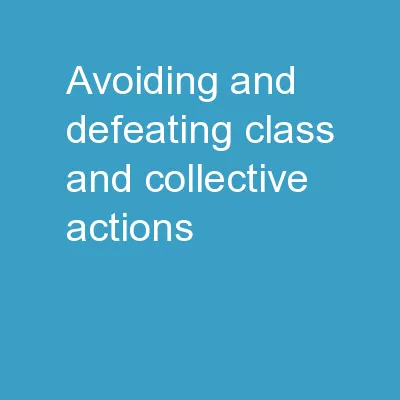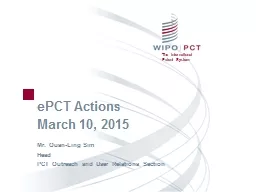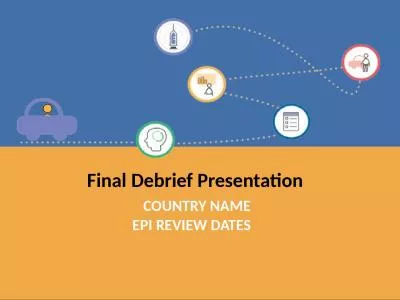PPT-Practices to Actions:
Author : debby-jeon | Published Date : 2017-06-04
Ensuring Mathematical Success for All Developed by Dr DeAnn Huinker University of WisconsinMilwaukee A Focus on Effective Mathematics Teaching Practices Mr Harris
Presentation Embed Code
Download Presentation
Download Presentation The PPT/PDF document "Practices to Actions:" is the property of its rightful owner. Permission is granted to download and print the materials on this website for personal, non-commercial use only, and to display it on your personal computer provided you do not modify the materials and that you retain all copyright notices contained in the materials. By downloading content from our website, you accept the terms of this agreement.
Practices to Actions:: Transcript
Download Rules Of Document
"Practices to Actions:"The content belongs to its owner. You may download and print it for personal use, without modification, and keep all copyright notices. By downloading, you agree to these terms.
Related Documents

